History has repeatedly proven that necessity will drive changes that swiftly become the accepted norm. Twenty years ago, for example, most homes didn’t have fast-speed internet, early mobile phones were just arriving in the marketplace, and musical enjoyment was via CDs or Walkmans on-the-go. Now, advances in technology have led to people expecting super-fast internet wherever they go, a proliferation of advanced mobile devices, and multiple digital music services becoming the accepted norm.
Today, project teams across all industries face a common necessity that should drive them towards an accepted norm of their own. Businesses currently struggle to quickly find the information they need at the time they most need it, especially when it comes to issues such as scope change, obtaining approval process and confirming project details. But just when they need to confirm those final, most vital details, they are often unable to find them within their vortexes of corporate information.
The major cause for this is the fact that 75% of all project information is stored within email systems, yet businesses don’t have the tools in place that enable them to access it.
Email overload impacts businesses
Receiving too many emails is an all too familiar problem in our personal and working lives, from receiving masses of spam email to having too many emails to keep up with necessary work objectives.
To put this email reliance in context, more than half of the world’s population of 7.7 million already use email and that figure is expected to grow to more than 4.3 billion by the end of 2023, according to a Radicati Group study. Furthermore, the research finds the total number of business and consumer emails sent and received every day will exceed 293 billion by the end of 2019 and more than 347 billion by 2024.
Email also remains by far and away the number one choice for business communication, with 62.8% of business professionals preferring to use email, according to 99Firms research. And this trend is only increasing as Generation Z comes into the workplace, as the study finds 78% of teenagers use email despite the rise of social messaging apps.
The impact that this email overload is having on organisations cannot be underestimated, with unnecessary emails, in particular, causing major problems. The average office worker receives 121 emails every day, according to DMR insight - that’s one email every 12 minutes. Dealing with that mass of email is an unnecessary drain on employees’ time and provides a huge threat to business productivity. There needs to be a better way to get value out of our most used communication tool.
Improving email performance
In the wake of this email overload, businesses need to focus on email management in order to take back control of their inboxes. To do so, there are many techniques that will help them to minimise distractions and reduce the volume of email cluttering employees inboxes.
- Email bankruptcy: One of the more drastic tactics, this involves deleting your email inbox and starting all over again. This works on the assumption that anyone who needs to contact you will do so.
- Inbox zero: Involves employees setting aside time every day to practice ‘Inbox Management’.
- Rules and filters: Businesses setup outlook rules that automatically filter unnecessary emails into assigned folders.
- Email check limitations: Employees will often waste vast amounts of time simply checking their emails. To counter that, businesses can put in place limitations on how often they can check their inbox, or limit the checking of Outlook to set times during the day.
- Boundary setting: Similar to the previous point, but businesses set boundaries outside of which employees are not expected to deal with email. Many companies are adopting this measure spurred on by European employment laws.
Best practice drives business change
These strategies will provide major productivity gains for both employees and their business. However, in practice, options may be limited for organisations that have a high percentage of emails from clients or suppliers, and for individuals with a heavy reliance on email to collaborate on and manage project tasks.
Implementing them all may also be unfeasible, but businesses should look to these best practices to build a strategy that works for their specific requirements, encourage better email behaviour, and ensure they quickly find the important information they need when they need it. And, to take it to the next level, email management software helps cleverly store and serve information as it is sent or received and when it is required.
Just as advanced mobile phones, high-speed internet, and digital music have quickly become the norm, using email to empower project deliverability will become second nature to businesses. Enhanced email management best practice will help businesses to overcome the challenge of email overload and seize control of their inboxes.
For more information on how Mail Manager can help your business take control of email management, download our whitepaper.










